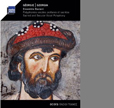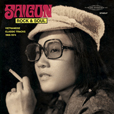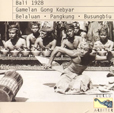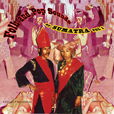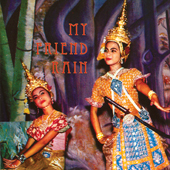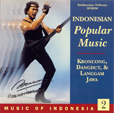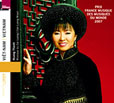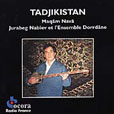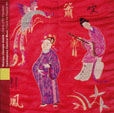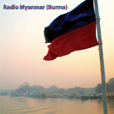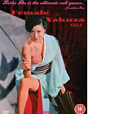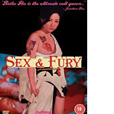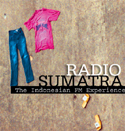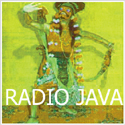Your basket is empty

Sacred and secular vocal polyphony.
‘Every song is a mini-masterpiece, be it heavy acid rock psychedelia, horn and guitar drenched funk grooves, or gripping soul ballads reflective of life during wartime.’
Limited, gatefold LP version of the first SF CD release in 2003: droning beat pop, early Orkes Melayu songs, Batak Tapanuli, traditional Minang, and rare folk drama from the Indonesian island, from cassettes.
‘Dreamy musical segments, fleeting glimpses, odd sounds, temple shrines, decay, death, afternoon rains, and mysterious celebrations… from the Irrawaddy delta to humid nights on the streets of Isan province.’
Dangdut is a raucous Javanese mix of Indian film music, transatlantic rock, scraps of Middle-Eastern pop. Kroncong songs with ukelele-style accompaniment (and brass band settings here) run way back to Portugal.
Traditional and theatre music from Vietnam, the celebrated singer mazily leading dan tranh zither, dan bau monochord, sao flute, dan kim lute, dan co fiddle, and trong percussion.
Central Asian art music — derived from the Shash maqam of Bukhara — performed by the singer Jurabeg Nabiev, with the Ensemble Dorrdane.
Traditional and popular pieces for drums, xiao and dizi flutes, banhu fiddle, sheng mouth organ, yangkin hammered zither, pipa lute, and xun ocarina (an instrument at least 7,000 years old).
Assorted strange and beautiful pop, folk, and classical music styles — intercut with bits of broadcast staples like synth ballads, hip-hop jingles, and internationally popular songs re-recorded in Burmese.
Dangdut, melayu, gambus, punk, rap, psych, Islamic folk, you name it; with snatches of news, karaoke call-ins, ads, prayers and US-style station-IDs.
Dangdut, keroncong, jaipongan, rock, pop, disco, as well as theatre, commercials, DJs, news snippets, and other broadcast bits and pieces.
